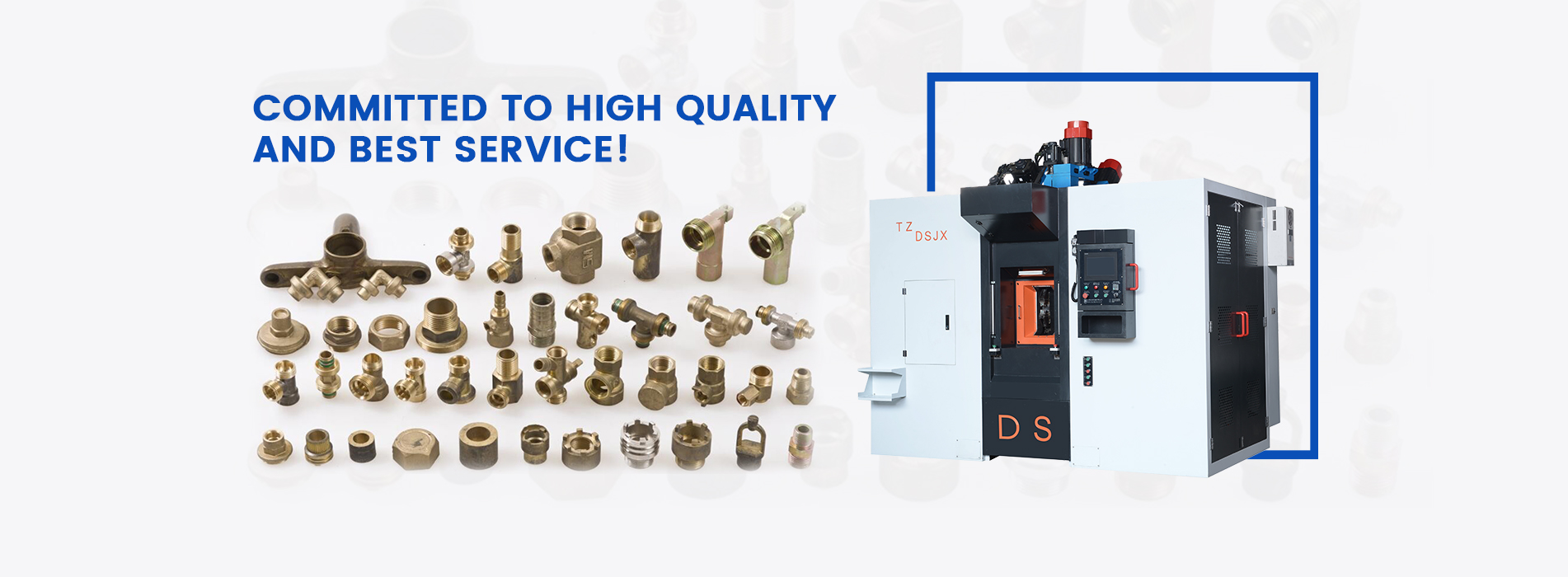
What is water pump?
Liquids, gas mixtures and liquids containing suspended solids can also be transported. The technical parameters of pump performance include flow rate, suction lift, lift, shaft power, water power, efficiency, etc.; according to different working principles, it can be divided into volumetric pumps, vane pumps and other types. Positive displacement pumps use the change in the volume of their working chambers to transfer energy; vane pumps use the interaction between rotating blades and water to transfer energy, and there are centrifugal pumps, axial flow pumps and mixed flow pumps.
centrifugal pump
1. Working principle of centrifugal pump
Before starting the water pump, first fill the pump and the water inlet pipe with water. After the water pump is running, under the action of the centrifugal force generated by the high-speed rotation of the impeller, the water in the impeller channel is thrown to the surroundings and pressed into the volute, forming a vacuum at the impeller inlet. The water in the pool is sucked along the suction pipe under the external atmospheric pressure to supplement this space. Then the inhaled water is thrown out by the impeller through the volute and enters the outlet pipe. It can be seen that if the impeller of the centrifugal pump rotates continuously, it can continuously absorb and press water, and the water can be continuously lifted from a low place to a high place or far away. To sum up, the centrifugal pump is called a centrifugal pump because it lifts water to a high place under the action of the centrifugal force generated by the high-speed rotation of the impeller.
2. General characteristics of centrifugal pumps
(1) The flow direction of water along the centrifugal pump is sucked in along the axial direction of the impeller, and flows out perpendicular to the axial direction, that is, the direction of water flow in and out is 90° to each other.
(2) Since the centrifugal pump relies on the inlet of the impeller to form a vacuum to absorb water, it is necessary to pour water into the pump and the suction pipe before starting, or use a vacuum pump to exhaust the air to form a vacuum, and the pump casing and the suction pipe must be strictly sealed. There must be no air leakage, otherwise a vacuum will not be formed and water will not be absorbed.
(3) Since the impeller inlet cannot form an absolute vacuum, the suction height of the centrifugal pump cannot exceed 10 meters. In addition to the loss along the process caused by the water flowing through the suction pipeline, the actual allowable installation height (the height of the pump axis to the suction water surface) is much less than 10 m. If the installation is too high, it will not absorb water; in addition, because the atmospheric pressure in mountainous areas is lower than that in plains, when the same water pump is installed in mountainous areas, especially in high mountainous areas, its installation height should be lowered, otherwise it will not be able to absorb water.
axial flow pump
Working principle and characteristics of axial flow pump
1. Working principle of axial flow pump
The working principle of the axial flow pump is different from that of the centrifugal pump. It mainly uses the thrust generated by the high-speed rotation of the impeller to lift water. When the blades of the axial flow pump rotate, the lift generated by the water can push the water from below to above.
The blades of axial flow pumps are generally submerged in the pool of water being sucked. Due to the high-speed rotation of the impeller, under the action of the lift generated by the blades, the water is continuously pushed upwards, so that the water flows out along the outlet pipe. The impeller rotates continuously, and the water is continuously pressed to a high place.
2. General characteristics of axial flow pump
(1) The flow direction of water in the axial flow pump is axial suction and axial flow out of the impeller, so it is called axial flow pump.
(2) Low head (1~13 meters), large flow, high efficiency, suitable for drainage and irrigation in plains, lakes and rivers.
(3) It does not need to be filled with water before starting, and the operation is simple.
Mixed flow pump
1. Working principle of mixed flow pump
Because the shape of the impeller of the mixed-flow pump is between the impeller of the centrifugal pump and the impeller of the axial-flow pump, the working principle of the mixed-flow pump has both centrifugal force and lift force. Relying on the combined effect of the two, water flows out of the impeller at a certain angle with the shaft. , through the volute chamber and the pipeline to lift the water to a high place.
2. General characteristics of mixed flow pumps
(1) Compared with the centrifugal pump, the mixed flow pump has a lower head and a larger flow rate. Compared with the axial flow pump, the head is higher and the flow rate is lower. It is suitable for drainage and irrigation in plains and lake areas.
(2) Water is sucked in and flows out at a certain angle with the impeller shaft along the flow direction of the mixed flow pump, so it is also called a diagonal flow pump.
Choose D & S Automatic, we will provide you with the best service.
Copyright © 2026 D&S Automatic Co.,Ltd.. All Rights Reserved.

IPv6 network supported